The beauty of the plastics and composites that are mainstays of modern kayak construction is that they can be molded into almost any shape imaginable, but that doesn’t assure that kayaks made from them are beautiful. Plywood is nowhere near as versatile; it can’t be shaped into a compound curve or bent around a tight radius. But just as poetry is beautiful because of and not in spite of the limitations imposed by meter and rhyme, a plywood kayak like Pygmy’s Murrelet may well owe its beauty to what plywood can’t do. The four strakes of the hull are lined off in simple but sweet curves, and the chines between them underscore the sweep of a well-defined sheerline. The small panels that provide the transition between the deck and the cockpit coaming are like gem facets. They would have been lost had the kayak been modeled for plastic or ’glass with complex curves blended one into another. The Murrelet is a boat that I won’t soon tire of looking at.The Murrelet that I describe here is one of several versions available from Pygmy Boats in Port Townsend, Washington. You can choose a hull with a gently curved keel line for strong tracking characteristics or with a bit more rocker for greater maneuverability. There are four options for decks, each with a different balance between capacity for cargo and clearance for rolling. A choice of two cockpit-opening configurations will accommodate paddlers of different sizes. The version here is the Murrelet 2PD (two-panel deck) with the rockered hull and the longer cockpit.The stitch-and-glue construction used for the Murrelet is straightforward and very well suited to amateur builders, even those first-timers who’ll find themselves gathering skills and tools. The building begins with joining the kit pieces that compose each full-length plank. Butt joints do the trick here and are much less fussy to work with than scarf joints. I’ve cut a lot of scarfs in the three decades I’ve been building boats, and I’m rather proud of those that I’ve done well. They can be nearly invisible under varnish, and I’m sure the countless hours of running a hand plane down stair-stepped plank sections has made me a stronger paddler. Butt joints sandwiched between fiberglass and epoxy, however, save a lot of time in the making, and they are more than strong enough. Copper wire temporarily joins the planks and deck panels together. Epoxy and fiberglass form the permanent bonds.
Join The Conversation
We welcome your comments about this article. To include a photo with your remarks, click Choose File below the Comment box.

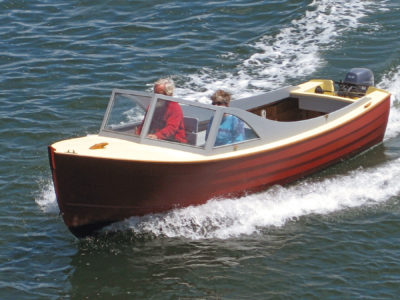
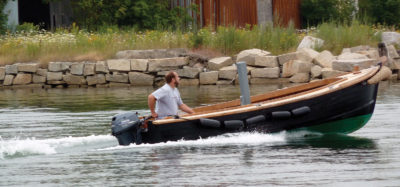

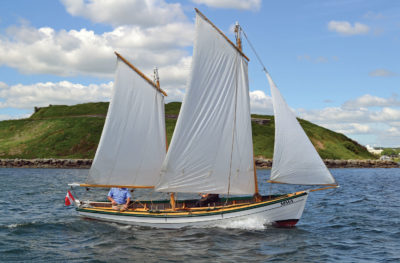
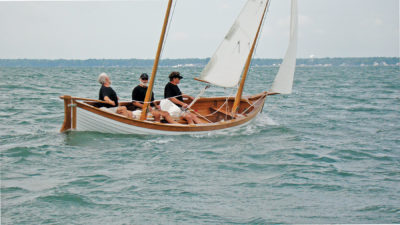

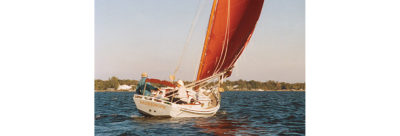
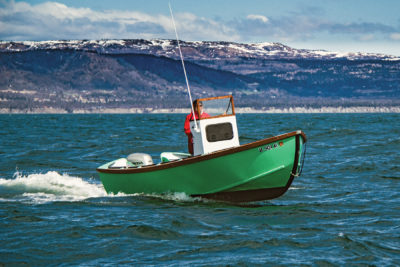
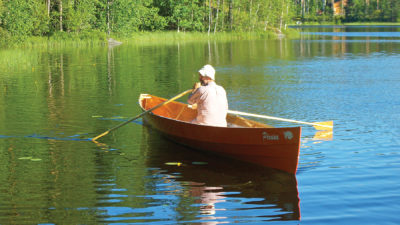
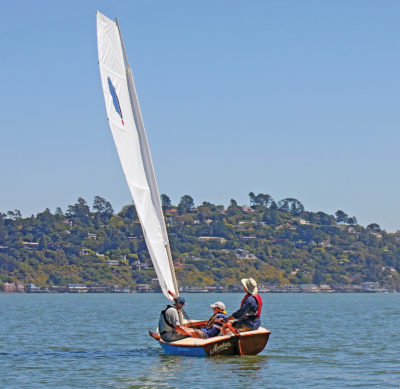
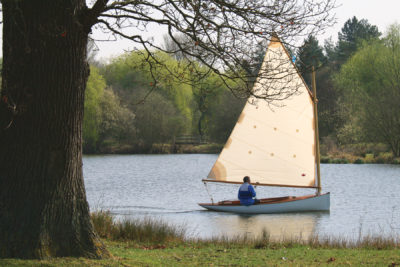
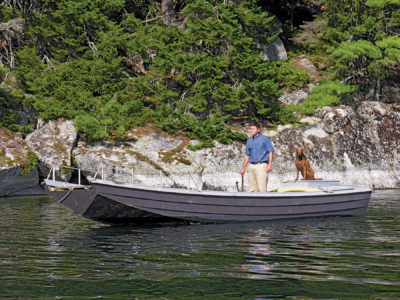
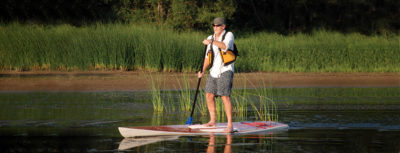
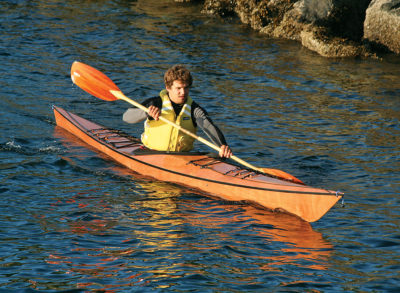
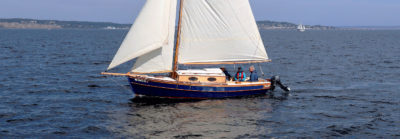
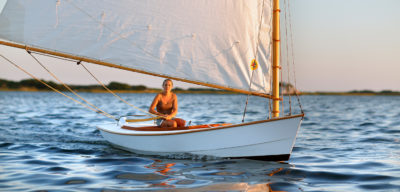
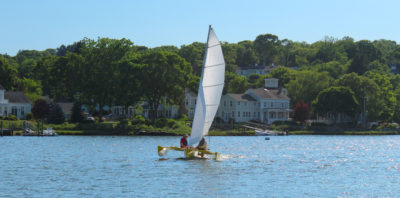
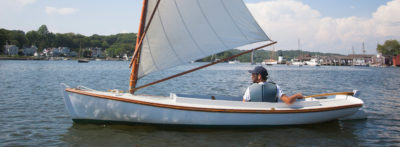
Is Pygmy still in business?
No, Pygmy closed its doors during the pandemic and there are currently no plans to re-open. I put an update at the end of the article to inform readers that the review of the Murrelet is presented as archival material.
—Ed.
I recall that Chesapeake Light Craft specified copper wire for stitching planks together, but I’m surprised that Pygmy would do that. When I built my Coho (and another one for a paying client), iron wire was provided. That’s because the stitching can (and should) be removed after glue up. Chesapeake’s scheme of pressing the copper into the chines before taping can only lead to a lumpy job, and grinding the wire flush before glassing the outside seems to obviate any supposed strength the remaining wire provides. With iron wirer, once the epoxy cures, the wire is easy to remove, and taping the inside is easy, and a good job results. The epoxy provides all the strength needed, if not more.
I, too, am sorry Lockwood gave it up. I was hoping to build one of the smaller boats for my wife (thus freeing me from the accursed tandem). Now I have to hope to find one on Craigslist.
The added rocker to the keel raises an interesting point. Sterling Donalson, of Whatcom County, is building beautiful kayaks with considerable rocker. Not only does this make them more maneuverable, but may also increase stability. That’s because the ballast (the paddler’s butt) lies below the water line. Phil Bolger designed many of his sharpies with considerable rocker, and ballast in the lowest part of the boat. The original “Egret” was designed this way, and earned a reputation for its ability to stand up to strong winds. Bolger has much to say about this.